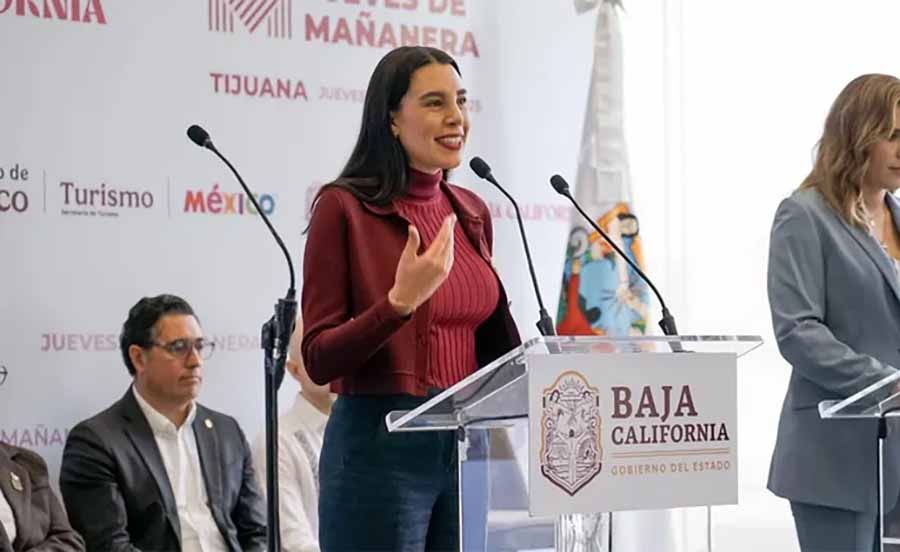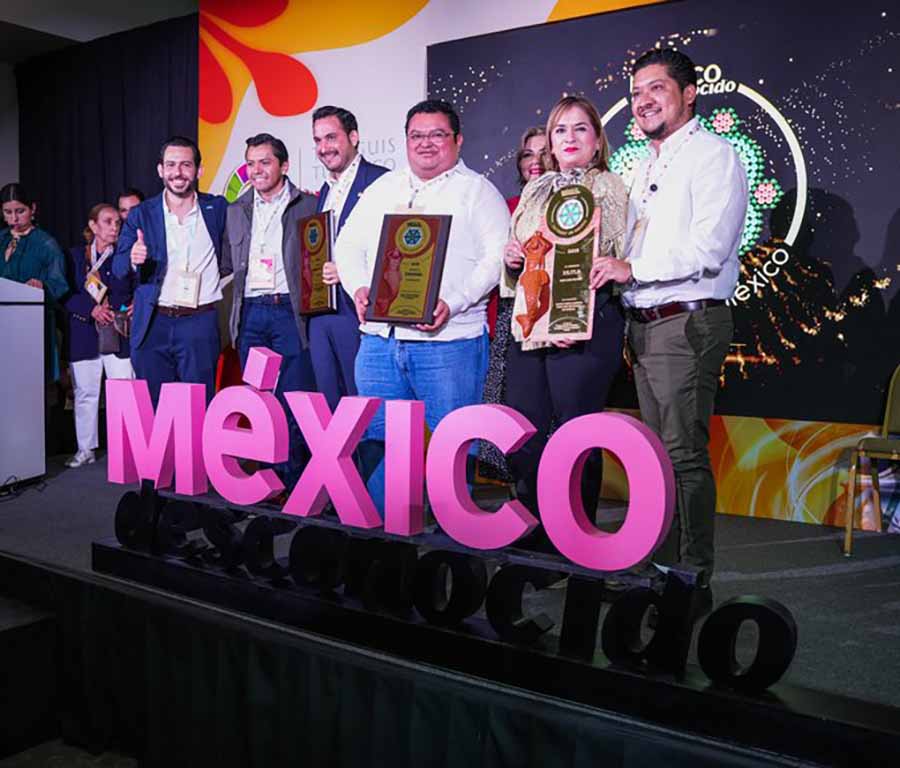
The Tianguis Turístico México 2025 in Baja California, held from April 28 to May 1, 2025, generated an estimated economic impact of 1,380m pesos, involving 10,000 to 15,000 attendees and achieving an 80pc hotel occupancy rate in Tijuana and Rosarito.
This year’s event featured a record participation of 3,216 exhibitors and 1,700 buyers from multiple countries, facilitating over 71,000 business appointments and solidifying its status as a global tourism event.
The cross-border element of the fair, traditionally held in Acapulco and held bi-ennially there ever since (it returns to Acapulco next year) was, by a margin, the most important aspect of the event. Tijuana has had a bad reputation among American visitors and even the pre-event publicity played down the venue in favor of the suburb of Rosarito.
San Diego processed may of the attendees thorugh its airport and served as a special guest city for the first binational edition, facilitating cross-border cultural and gastronomic festivals that strengthened tourism ties between Mexico and the U.S.
All 32 Mexican states showcased their diverse offerings, with a focus on cultural heritage and traditional cuisine through a culinary pavilion, displaying the country’s regional specialties.
The event incorporated sustainability measures by saving over 20m pesos through reusable materials, alongside innovations that aimed to enhance tourism promotion and data-driven strategies.
Here are SEVEN key takeaways from the event:
- The border works: The Tianguis Turístico México 2025, held from April 28 to May 1, 2025, at the Baja California Center in Playas de Rosarito, marked a historic event as the first binational edition of Mexico’s premier tourism trade show. Here are seven key takeaways based on available information:
- Significant Economic Impact: The event generated an estimated economic impact of 1,380m pesos (approximately USD$70m) in Baja California, driven by around 10,000–15,000 attendees, including buyers, exhibitors, and industry professionals. It achieved an 80pc hotel occupancy rate across more than 7,000 rooms in Tijuana and Rosarito.
- Record-Breaking Participation: The 49th edition saw unprecedented attendance, with 3,216 exhibitors from 1,259 companies, 1,700 buyers from 1,154 companies, and representatives from 44 countries. Over 71,000 business appointments were conducted, surpassing previous records and reinforcing the event’s role as a global tourism platform.
- Binational Focus with U.S. Collaboration: For the first time, the event featured a binational component, with San Diego as a special guest city. Cross-border activities included cultural and gastronomic festivals like “La Ventana de México en San Diego” at Liberty Station and “Gran Taco de México” at Tijuana’s Cultural Center, enhancing tourism ties with the U.S., particularly California, Arizona, and Nevada.
- Showcase of Baja California’s Diversity: The event highlighted Baja California’s cultural, natural, and gastronomic attractions, including Tijuana’s craft beer scene, Valle de Guadalupe’s wine culture, and coastal destinations like Ensenada and Rosarito. The state positioned itself as a world-class tourism hub, contributing 69bn pesos to Mexico’s tourism GDP in the past year.
- Promotion of Mexican Tourism Nationwide: All 32 Mexican states participated, organized by regions (northern, central, southern, and Mayan world), showcasing Mexico’s diverse offerings. The event emphasized cultural heritage, artisanal crafts, and traditional cuisine, with a dedicated culinary pavilion featuring dishes from every region.
- Sustainability and Innovation: The event adopted a sustainable approach, saving over 20m pesos through reusable materials and a unified exhibition format. It also introduced innovations like the “Diálogo de Capitanas y Capitanes de la Industria” forum and emphasized data-driven strategies and social media in tourism promotion.
- Global Market Expansion: With 40pc of buyers from the U.S. and Canada, and growing interest from Asia-Pacific markets (Japan, China, South Korea, Singapore), the event aimed to break participation records for tour operators. Enhanced connectivity, including potential new direct flights from Asia, supported Baja California’s role as a gateway to Mexico.
It remains to be seen if the staging of the event will, as promised, elevate Baja California’s global tourism profile while fostering international partnerships and sustainable growth for Mexico’s tourism industry. For more details, visit www.tianguisturistico.com and http://www.tianguisturistico.com





